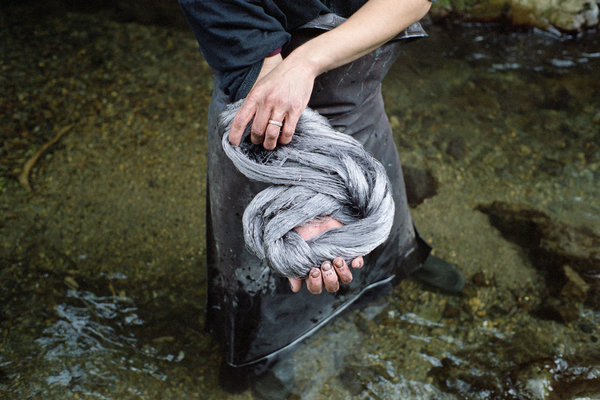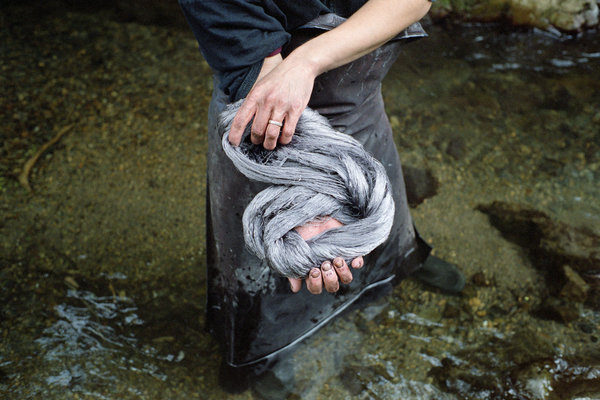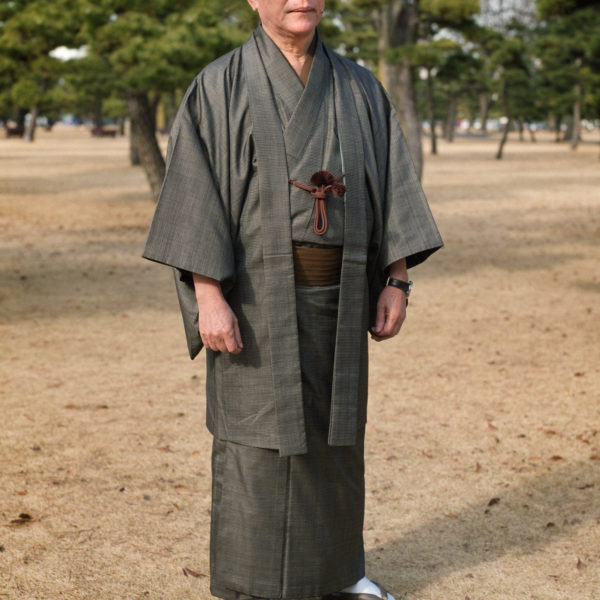
Martin Fackler has a melancholy piece in The New York Times today about the traditional kimono trade in Japan, and specifically the individuals who design and dye the fabrics and sew some of the finest kimonos in the world on the island of Amami Oshima. A complex economic scenario involving traditional methods of distribution (artisanal middlemen?), general economic stagnation, and waning demand has nearly killed a once-thriving industry.
Kazuhiko Kanai uses the traditional method to dye the elegant kimonos for which this small, semitropical island is renowned: he carries a bundle of pure
white silk to a nearby rice paddy and hurls it into the mud.Mr. Kanai is one of the last practitioners of a method known as “dorozome,” or “mud-dyeing,” which uses the island’s iron-rich soil to turn silk the color of the darkest chocolate. This is just one step in an elaborate production process that can take a year to produce a kimono with the glossiest silk and most intricately woven designs in all Japan.
In a nation that esteems its traditional form of dress as high art, Amami Oshima’s kimonos became some of the most prized of them all, once
capable of fetching more than $10,000 apiece. But those heady days are over, as a shift to Western fashions and Japan’s long economic squeeze have led to plummeting demand, especially for high-end kimonos.
It’s unfortunate that “specialized knowledge generates beautiful things, but alas is no longer economically feasible” seems to be the general narrative structure of many stories about traditional textile or clothing-related cottage industries.
Photos by Kentaro Takahashi for The New York Times.
–Pete


